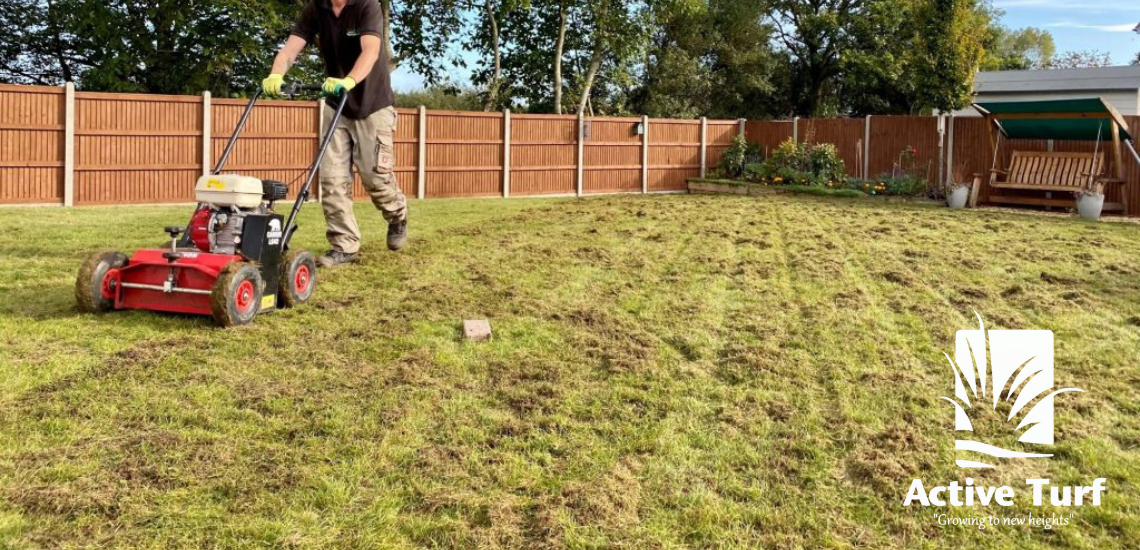
Mastering Lawn Renovation: Your Complete Success Handbook
If you’re gearing up to renovate your lawn this spring and aim for the best possible results, you’re in the right place! In this blog, we’ll share our top tips to help you maximize your lawn renovation efforts
What is lawn renovation you ask?
Lawn renovation is the process of revitalizing an existing lawn to improve its health, appearance, and overall condition. This can involve several steps, such as:
- Killing existing turf: Removing old, unhealthy grass and weeds.
- Aeration: Creating small holes in the soil to improve air, water, and nutrient penetration.
- Overseeding: Spreading new grass seed to fill in bare spots and increase turf density.
- Fertilization: Adding nutrients to support new grass growth.
- Topdressing: Applying a thin layer of soil or compost to improve soil quality and help seeds germinate
These steps help to establish a healthier, more resilient lawn that can better withstand environmental stresses and look more vibrant.

Why renovate your lawn you ask?
There are several reasons why you should renovate your lawn.
- Improves Lawn Health: Over time, lawns can become compacted, infested with weeds, or suffer from nutrient deficiencies. Renovation helps address these issues, promoting healthier grass growth.
- Enhances Appearance: A renovated lawn looks lush, green, and vibrant, significantly improving the overall appearance of your yard.
- Increases Property Value: A well-maintained lawn can boost your property’s curb appeal and value.
- Reduces Soil Erosion: Healthy grass roots help hold the soil in place, reducing the risk of soil erosion.
- Environmental Benefits: A healthy lawn can improve air quality, reduce runoff, and provide a habitat for beneficial insects and wildlife.
- Better Water Absorption: Aeration and other renovation techniques improve soil structure, allowing for better water absorption and reducing water waste.
By renovating your lawn, you ensure it remains a beautiful and functional part of your outdoor space. Are you ready to start your lawn renovation project?
When should I Renovate my lawn you ask?
While it might be tempting to start renovating your lawn after the first warm day of spring, it’s best to wait until temperatures are consistently warm. But what does this mean? Essentially, you should wait until your lawn is actively growing, which is when you notice that the grass needs regular mowing. This ensures that the grass can repair itself more quickly, leading to faster renovation results.
Before you begin your renovation, it’s a good idea to check your region’s extended weather forecast. Look out for any potential cold snaps that could affect your lawn during its recovery period.
Other tips
How do I dethatch and scalp my lawn?
When dethatching and scalping your lawn, it’s crucial to know your lawn type to avoid damaging the turf.
- Eureka Kikuyu and Nullarbor Couch Lawns: These can be dethatched and scalped more aggressively because they have strong underground rhizomes that help them recover quickly.
- Sir Grange Zoysia Grasses: Dethatch and scarify lightly, as Zoysia is a slow grower.
- DNA Certified Sir Walter Buffalo Grasses: Since they primarily grow through above-ground runners, it’s best to dethatch and scarify lightly. Ensure that the above-ground runners remain intact for the grass to repair itself.

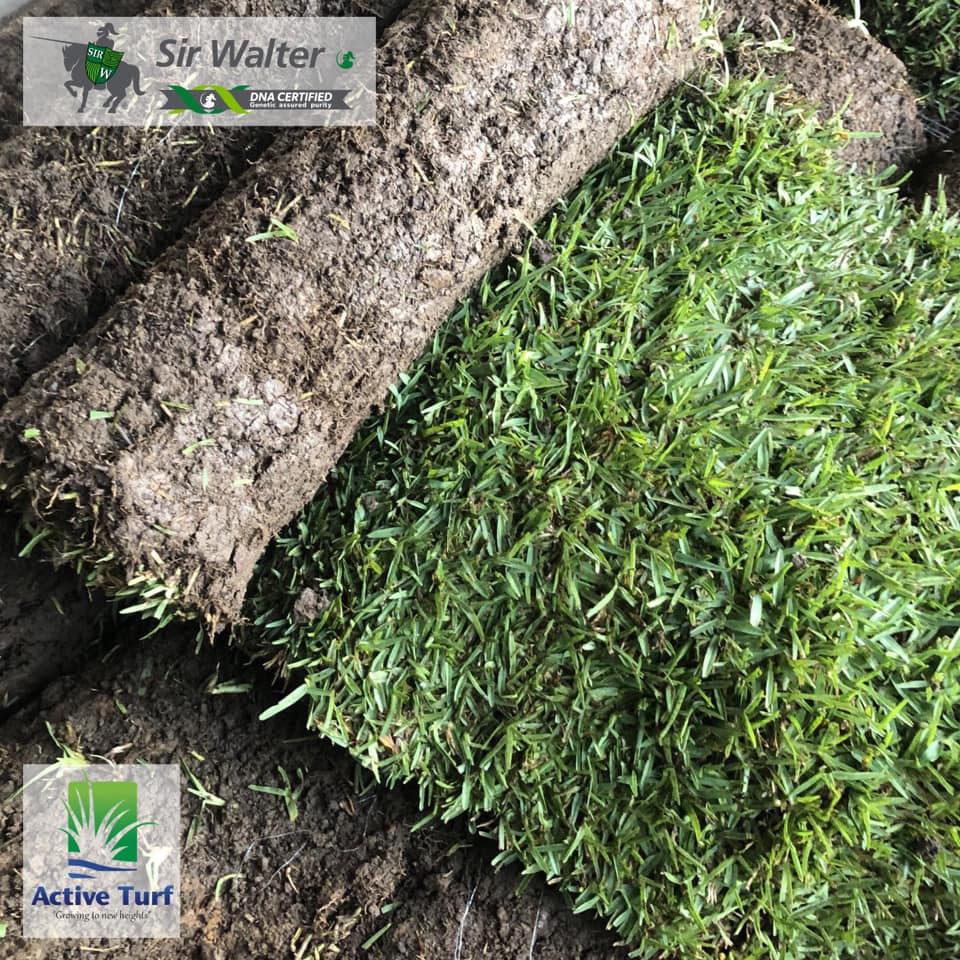
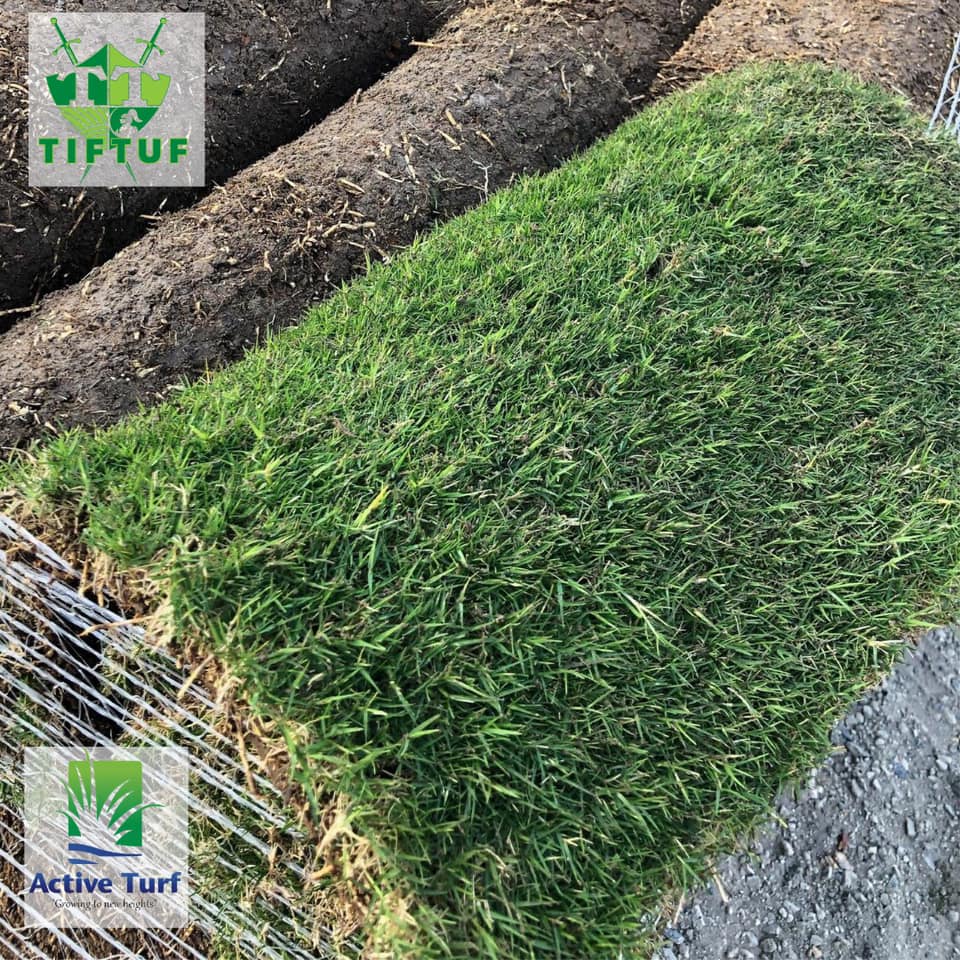
How Do I Top Dress My Lawn?
When top-dressing your lawn, it’s crucial to ensure the tips of the grass blades remain visible. Applying too much material can smother the grass, depriving it of sunlight and oxygen, which are essential for healthy growth.
Choosing the Right Top-Dressing Material
1. Goals for Top-Dressing:
- Leveling the Lawn: If your primary goal is to level the lawn and correct any depressions, washed or screened river sand is ideal. This type of sand helps to fill in low spots and create a smooth, even surface.
- Improving Soil Profile: If you aim to enhance the soil profile, a sandy loam mix with 80% sand and 20% loam is recommended. This mixture improves soil structure, drainage, and nutrient availability, promoting healthier grass growth.
Steps for Top-Dressing
- Preparation:
- Mow the Lawn: Cut the grass shorter than usual to make it easier to apply the top-dressing material.
- Dethatch and Aerate: Remove any thatch and aerate the lawn to ensure the top-dressing material can penetrate the soil effectively.
- Application:
- Spread Evenly: Use a shovel or a spreader to apply the top-dressing material evenly across the lawn. Aim for a thin layer, about 1/4 to 1/2 inch thick.
- Brush In: Use a broom or the back of a rake to work the material into the grass and soil. This helps to ensure good contact and prevents smothering the grass.
- Watering:
- Light Watering: After applying the top-dressing, water the lawn lightly to help settle the material and encourage it to integrate with the existing soil.
- Post-Application Care:
- Monitor Growth: Keep an eye on the lawn’s growth and health. Continue regular watering, mowing, and fertilizing as needed.
- Repeat if Necessary: Depending on your lawn’s condition and your goals, you may need to repeat the top-dressing process annually or biannually.
By following these steps and choosing the right top-dressing material, you can significantly improve your lawn’s health, appearance, and resilience.
So why not use this weekend to get outside and get renovating your lawn. If you would like more tips of lawn renovation call us on 1800 757 658
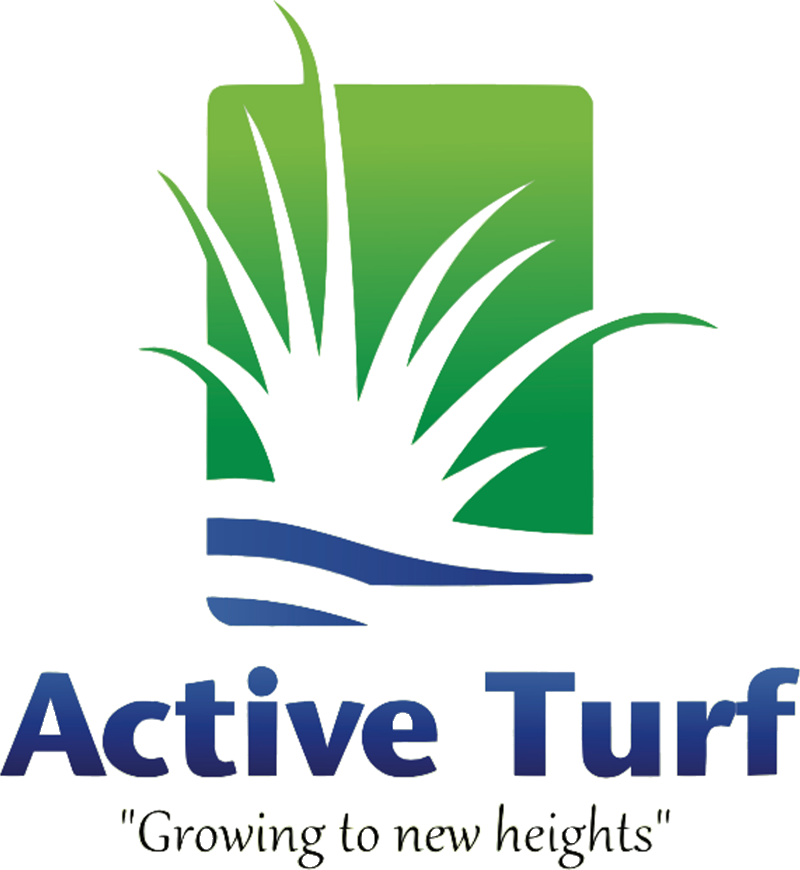
Active Turf Supplies
684 & 736 Kurmond Road
Freemans Reach NSW 2756

Popular Articles
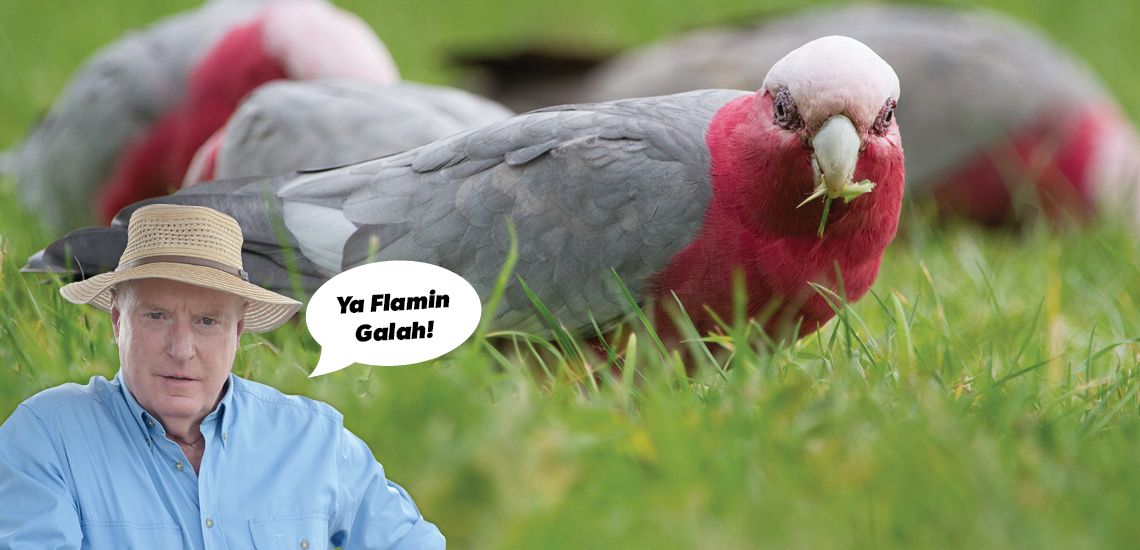
Galahs! Kikuyu Starches

Why should you choose Active Turf?

Revolutionizing Lawns in 2026: Stampede Hybrid Buffalo is Here!




